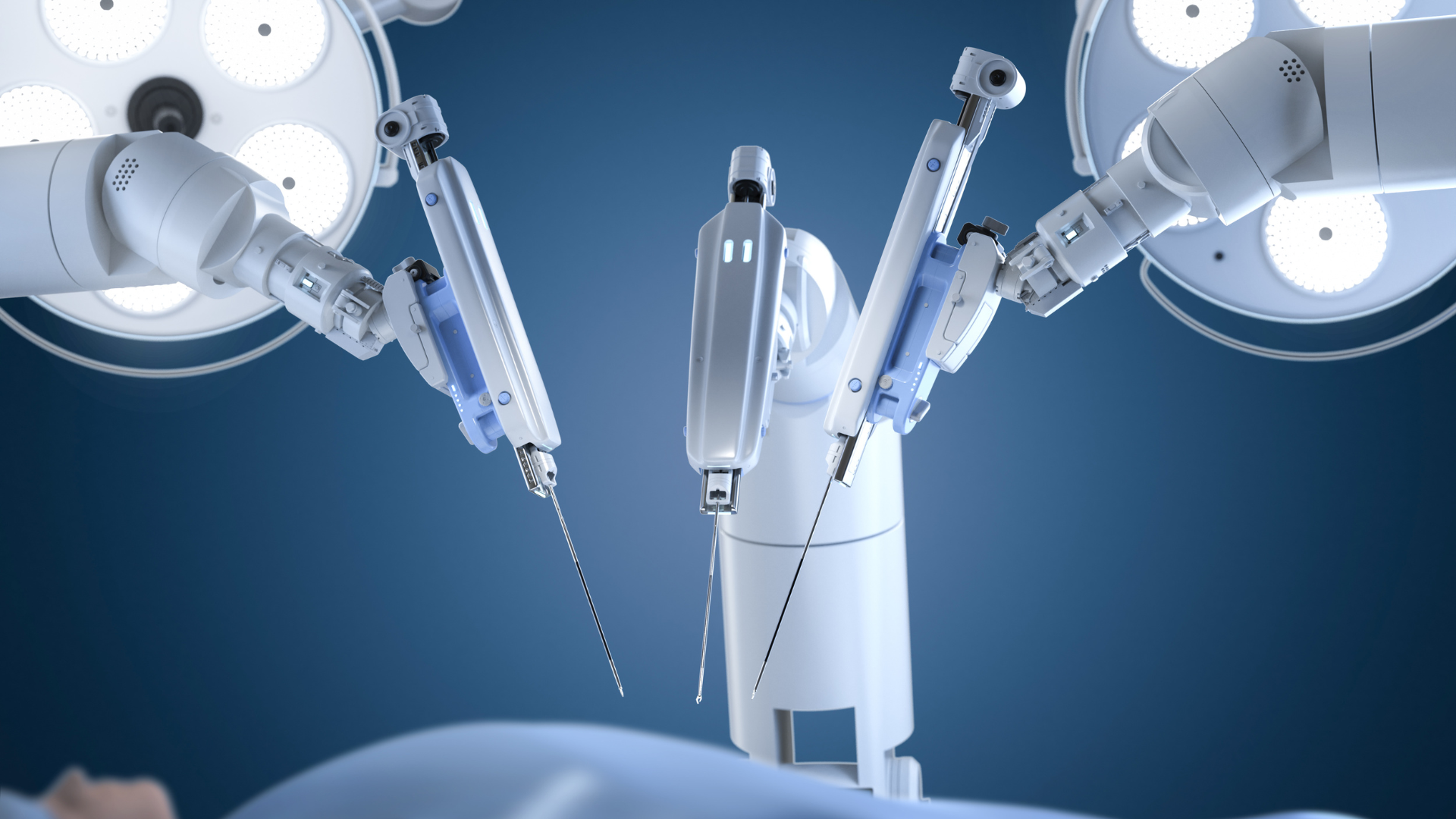Robotic and AR Spine Surgery Show Precision in HSS Study

Spine surgery is witnessing a technological revolution with advanced tools that promise enhanced precision and safety. A recent study conducted at the Hospital for Special Surgery (HSS) compared two cutting-edge techniques—robotic-assisted navigation (RAN) and augmented reality (AR)—for their effectiveness in placing pedicle screws during spinal surgeries. Published in the journal Spine, the research reveals that both technologies are exceptionally accurate and safe, setting a new benchmark in surgical innovation.
Robotic and AR Technologies Transform Spine Surgery
Spinal surgeries often require the use of pedicle screws, which stabilize the spine. Accurate screw placement is critical to success, and traditionally, surgeons relied on free-hand techniques. These methods, however, have limitations in terms of precision and safety.
Dr. Darren R. Lebl, MD, MBA, spine surgeon and director of research at HSS, emphasizes the superior accuracy of RAN and AR techniques compared to conventional methods. He explains: "Our study is the first to directly compare RAN and AR with respect to screw placement precision. Both technologies have demonstrated exceptional outcomes."
Understanding Robotic-Assisted Navigation (RAN)
RAN utilizes robotic arms guided by 3D imaging and GPS-like navigation technology. This enables surgeons to plan and execute minimally invasive procedures with remarkable precision. Key features include:
- Preoperative Planning: Advanced software helps surgeons map the procedure.
- Robotic Guidance: Surgeons control instruments with assistance from robotic arms.
- Minimized Invasiveness: Patients benefit from reduced recovery time and smaller incisions.
Exploring Augmented Reality in Surgery
AR-assisted surgery employs 3D imaging superimposed onto the surgeon's visual field using an AR headset. A CT scan of the patient’s spine is taken preoperatively, allowing surgeons to visualize anatomical details during surgery. Advantages of AR include:
- Enhanced Visualization: Surgeons see the anatomy overlaid in real-time.
- Reduced Radiation Exposure: AR minimizes the need for repeated fluoroscopy.
- Improved Safety: Surgeons can navigate more confidently, even in complex cases.
The HSS Study: Results and Implications
The study included 212 adult patients who underwent lumbar or sacral spine surgeries for degenerative spinal conditions between June 2020 and October 2023. A total of 1,211 pedicle screws were placed, with 827 screws using RAN and 384 screws using AR. Three experienced surgeons performed the procedures.
Assessment Methodology
The accuracy of screw placement was evaluated using the Gertzbein-Robbins classification system, which assigns grades from A to D:
- Grade A: Screw completely within the pedicle.
- Grade B: Screw up to 2mm outside the pedicle.
- Grades C and D: Unacceptable placement.
The results were independently reviewed by two spine surgeons to ensure objectivity.
Key Findings
1.High Accuracy
- 99.6% of RAN screws were classified as Grade A or B.
- 98.7% of AR screws were rated Grade A or B.
2. Precision Advantage for RAN
- 92.6% of all screws achieved the top Grade A rating.
- The RAN group showed a slightly higher proportion of Grade A screws compared to AR.
The Future of Spine Surgery
This groundbreaking study highlights the transformative potential of robotics and AR in spinal surgery. Dr. Lebl envisions a future where surgery becomes increasingly automated and precise: "We’re advancing spine surgery to make it safer, less invasive, and more efficient. Real-time implant accuracy confirmation during surgery is already a reality at HSS."
- Reducing Radiation Exposure- Both technologies significantly reduce the need for continuous fluoroscopy, minimizing radiation exposure for both patients and surgical teams.
- Automation and Decision-Making- Dr. Lebl predicts a shift in focus toward optimizing surgery timing and type. Automated systems will streamline execution, making procedures safer and more reliable.
The HSS study underscores the potential of RAN and AR in elevating the standards of spine surgery. Both technologies offer unparalleled accuracy and safety, paving the way for more efficient and less invasive procedures. As the adoption of robotic and AR systems grows, patients can look forward to improved outcomes and a better quality of life.
Stay updated on the latest advancements in medical technology. Subscribe to our website today for exclusive insights into groundbreaking studies, innovative techniques, and expert opinions shaping the future of healthcare.




